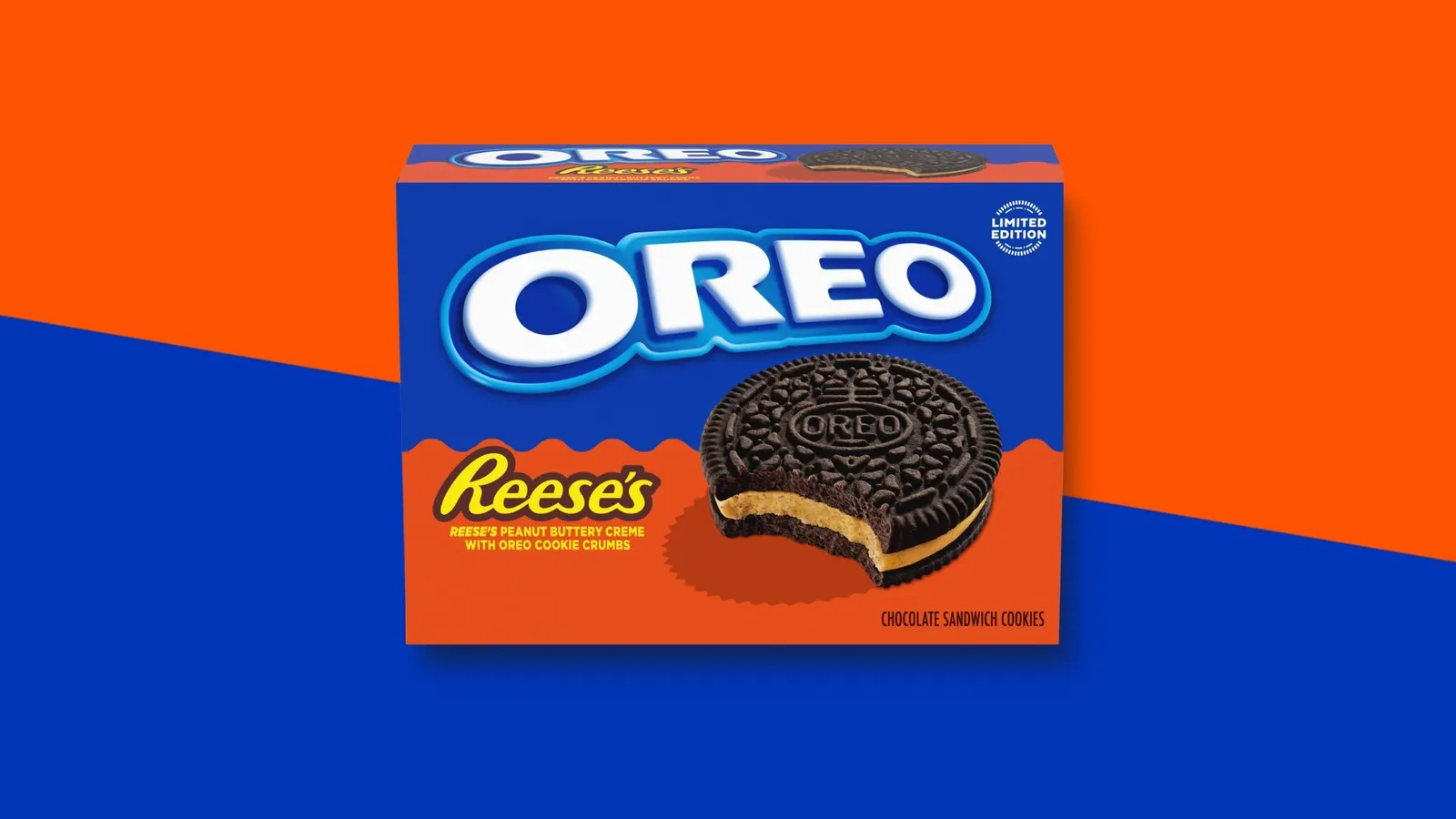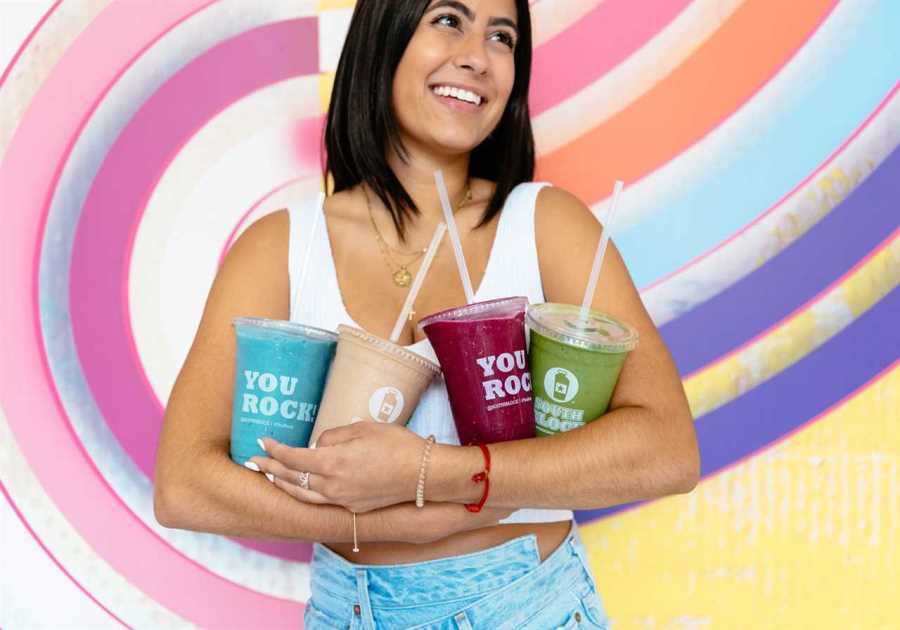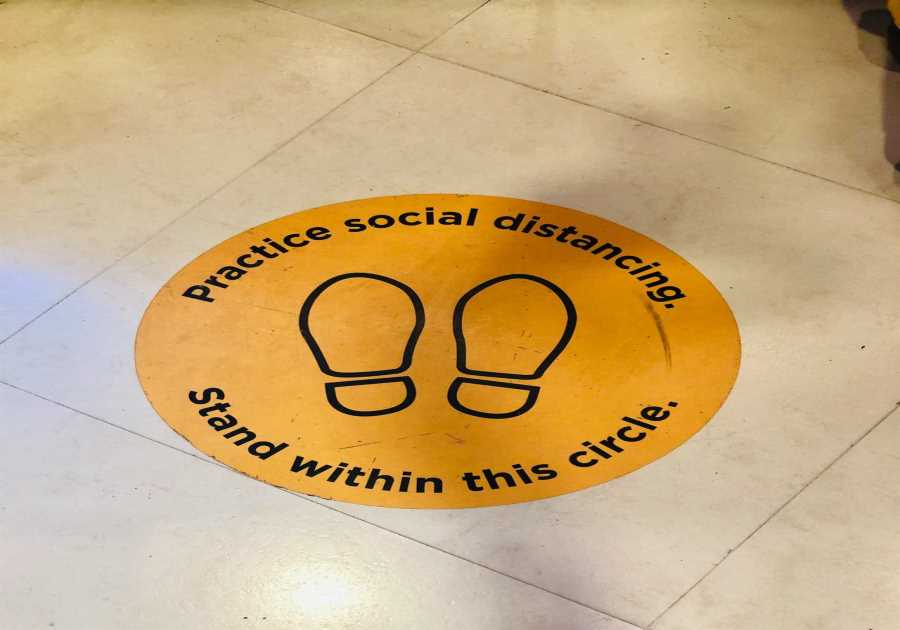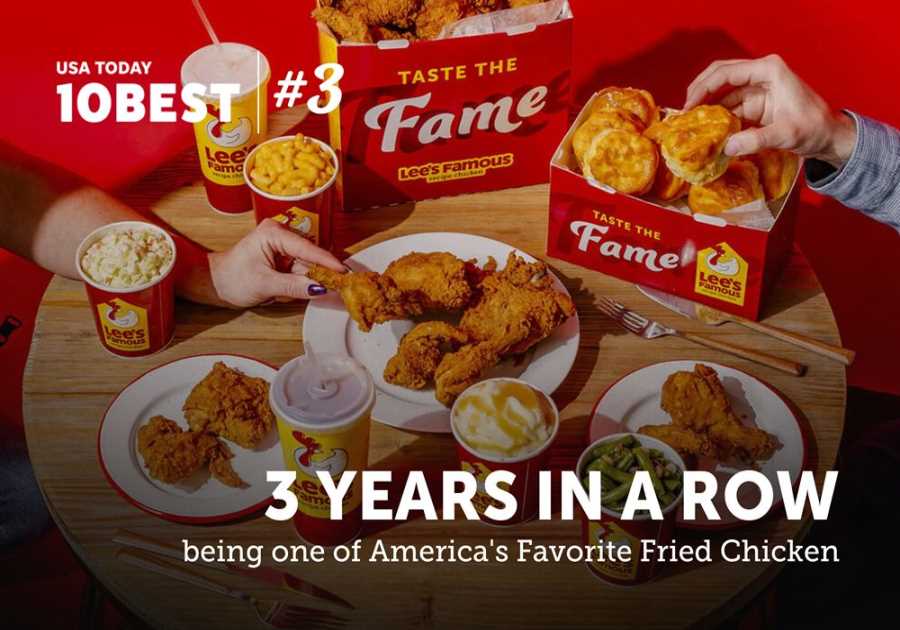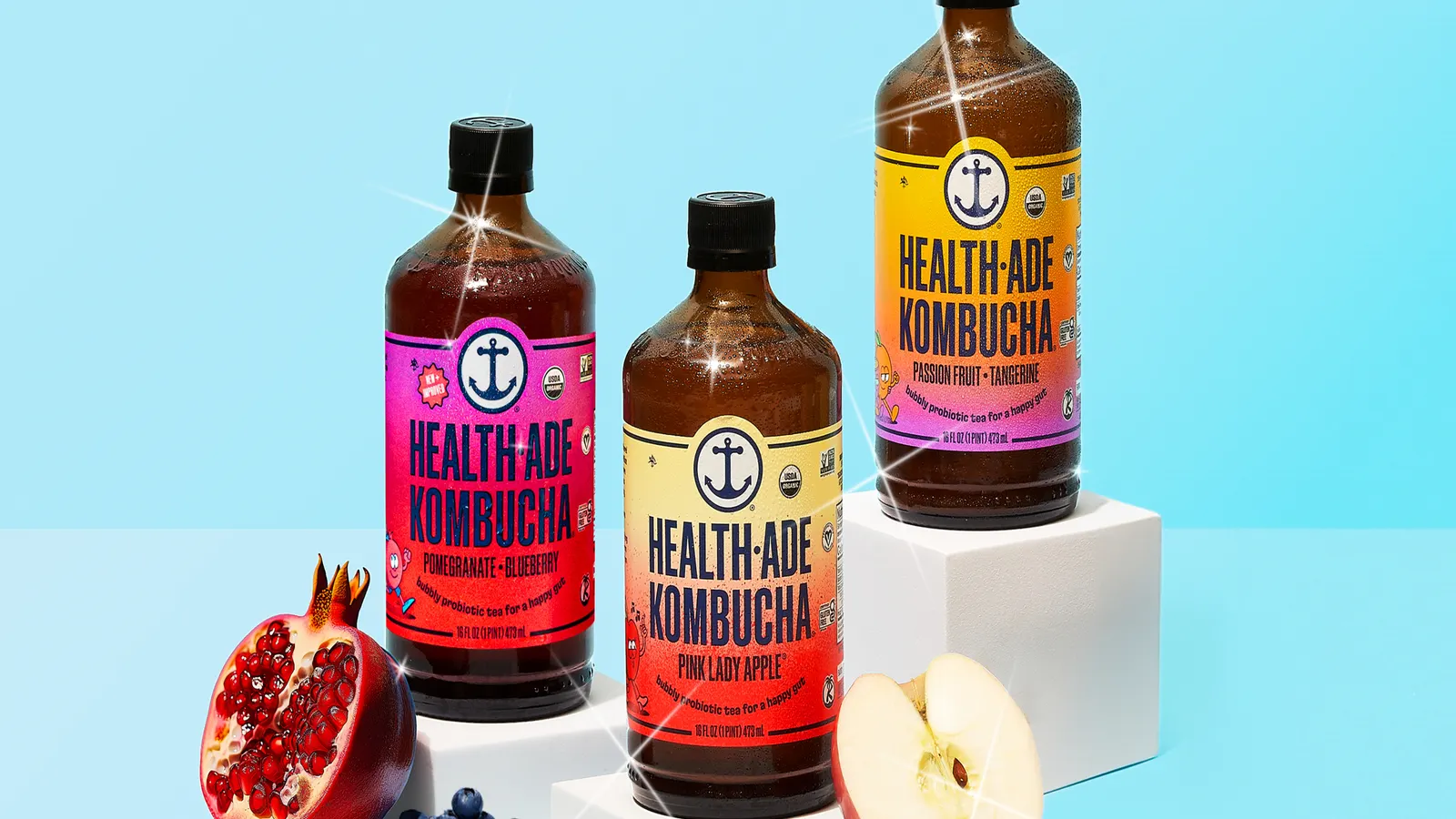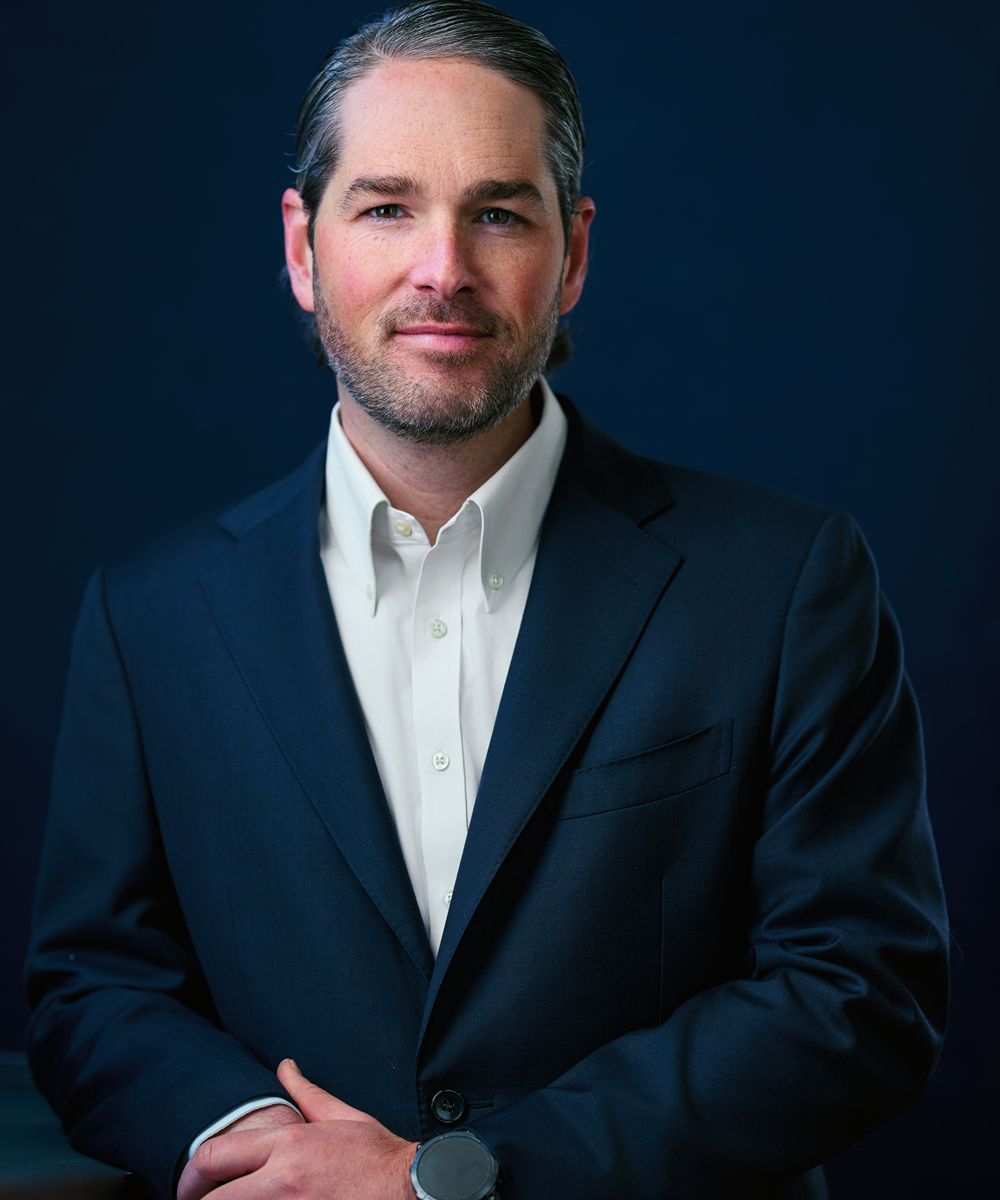
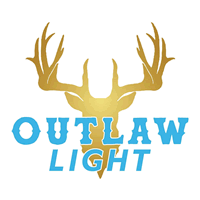
Outlaw Light Beer is rewriting the rules of domestic beer – with bold flavor, disruptive pricing and a brand built for modern drinkers. Since its launch in 2022 under the historic Tivoli Brewing Co., Outlaw has exploded onto the national stage, earning recognition as America’s fastest-growing domestic light beer and winning over fans across music, motorsports and more. With a crisp profile, national retail partnerships and coast-to-coast distribution in its sights, Outlaw is breathing new life into a category long dominated by legacy players.
At the center of this meteoric rise is Ari Opsahl, CEO of Tivoli Brewing Company and the driving force behind Outlaw’s success. A Maryland native and Yale-educated economist, Opsahl spent over a decade climbing the ranks at Anheuser-Busch InBev, where he developed a deep understanding of the beer business – from logistics to branding to sales strategy. Since joining Tivoli in 2021, he’s transformed a historic brewery into a modern engine of innovation, guiding Outlaw from a Colorado startup to a national force. In this Q&A, Opsahl shares the story behind Outlaw’s creation, the vision that fuels its rapid growth, and what’s next for one of the most exciting beer brands in America today.
For those who may not be familiar, can you tell us the story behind Outlaw Light Beer and how the brand came to life?
Outlaw was born from a simple idea – light beer drinkers deserve a new light beer! Better taste, better price, better brand connection. It started in Colorado in 2022 under Tivoli Brewing Co., which has a storied legacy going back to 1859. But Outlaw is very much a modern play – we saw a huge opportunity to disrupt the domestic light beer category, which had become stale and out of touch with today’s consumers.
We launched in our backyard, built proof in the market, and scaled quickly thanks to an incredible distributor network and retail relationships. Today, we’re in 47 states and well on our way to national coverage by end-of-year. But the heart of it hasn’t changed – we’re building a light beer that delivers more for the people who drink it.
What was the original vision for Outlaw, and how did your background – including your time at Anheuser-Busch – help shape that approach?
I cut my teeth at Anheuser-Busch and learned a lot about scale, systems and execution. But I also saw how hard it is for legacy brands to adapt – there’s just so much inertia. When we started building Outlaw, we took the opposite approach. Everything was built to move fast and stay aligned. We kept the team small, stayed close to the consumer, and focused on doing a few things really well.
The vision was always to offer a sincere craft-quality light beer that could compete with the macros on price, while crushing them on taste and authenticity. We knew that to scale we needed quality, efficiency and cultural relevance. So we built the company around that – not just in terms of the product, but also in who we partnered with, how we showed up in the market, and how we made decisions internally.
You’ve said before that the legacy brands in light beer have lost their way. What did you see in the category that others missed?
Honestly? They forgot who they were making beer for. Light beer has become so generic that a lot of people drink it out of habit, not because they love it. We saw a real hunger for something new – not a novelty, but a modern version of a classic. Clean, cold, easy-drinking. Familiar but better.
The other big miss we saw was price. Legacy brands kept raising prices without improving the product. That’s a dangerous move in a category where volume is king. We flipped that. We said, let’s make something premium and sell it at a disruptive price point. That required us to be incredibly disciplined on production, sourcing and scale – but that’s what gave us the advantage.
Outlaw is now available in 47 states and aiming to be available nationwide by the end of the year. What’s driving this explosive national rollout, and how are you prioritizing where and how you grow?
It comes down to proof of concept, demand and hustle. We proved in Colorado that consumers would choose Outlaw over the big guys. That gave us leverage to start expanding. From there, we built a strategic rollout plan with our distributor network and prioritized key states like Texas, Florida, Michigan, and the Midwest where light beer volume is high and consumers are open to new choices.
We’re also very data-driven. We look at where the pull is strongest, where we have retail partners asking for the product, and where our team can win at the point of purchase. The goal isn’t just to be everywhere – it’s to go deep in the right places and earn the right to scale. We’re not taking any shortcuts.
You’ve mentioned that Outlaw is focused on building a brand for every audience – how do you connect with them?
We’re not trying to be everything to everyone – we’re trying to be authentic to the people who get us. That means showing up in music, motorsports, and local communities where people care about what they drink and who brews it.
That’s why we’ve partnered with artists like HARDY and Koe Wetzel – not just as endorsers, but as equity partners who believe in the brand. We’ve brought Outlaw to music festivals, racing tracks, small towns and big box stores. We create brand moments that feel personal and fun. People are smart. They know when something’s authentic and when it’s just a marketing play. We always want to be on the right side of that line.
With such a fast-growing national footprint, how do you maintain product quality, brand integrity and consistency across markets?
We’re obsessive about this. Outlaw isn’t a contract beer – it’s brewed and owned by Tivoli, so we control everything from recipe to packaging to logistics. We moved primary production to the facility in La Junta, which gave us the scale and efficiency to grow while keeping tight control over quality.
Our team is structured to move fast but also operate with a high level of discipline. That includes everything from blind taste testing against national competitors to packaging audits and distributor scorecards. You can’t fake consistency at scale. You have to build it into your culture.
What role has Tivoli Brewing played in scaling production, and how is the facility structured to support Outlaw’s long-term goals?
Tivoli’s history is one of resilience – and that’s exactly what Outlaw needed. When we decided to go all-in on Outlaw, we retooled the entire business. The move to La Junta and the new facility was key. It gave us the space, equipment and flexibility to produce at a national level.
Tivoli is now basically the engine behind Outlaw. We’ve built out the infrastructure, added automation where it makes sense, and kept a sharp focus on what matters: great beer, delivered efficiently, with no compromises. That facility will support our growth well past 200,000 barrels and into the next chapter of expansion.
What’s next for Outlaw Light Beer – whether that’s product innovation, portfolio expansion, deeper market penetration or something unexpected?
Short term: growth, growth, growth. We’re aiming for nationwide distribution, deeper market penetration, and making sure we win at the point of purchase. Longer term? We’ve got some ideas.
We’re looking at innovation around packaging, limited edition drops (like the current HARDY Can), and maybe even new styles that fit our DNA. But we won’t expand just to check a box. It has to feel like Outlaw – clean, smart, and built for our drinkers.
We’ve also had inbound interest from larger strategic players – that comes with the territory when you grow this fast. But for now, we’re focused on building something sustainable. Something with staying power. If we do that right, everything else – from expansion to partnerships to potential exits – will take care of itself.
For additional information, please visit OutlawBeer.com or follow along on Instagram and Facebook.
The post Q&A With Ari Opsahl, CEO, Outlaw Light Beer first appeared on RestaurantNews.com.
